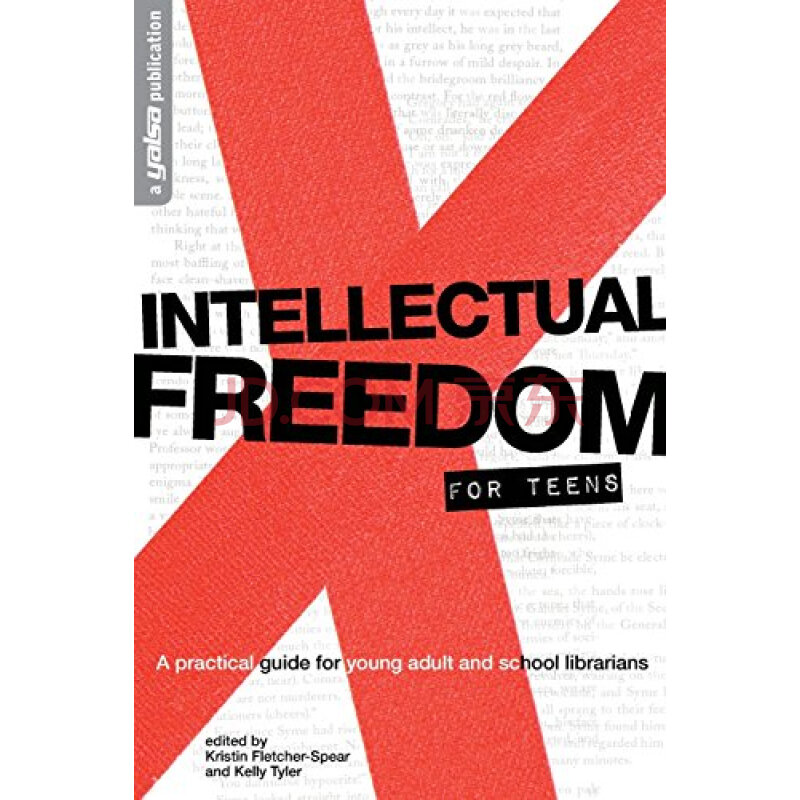Understanding Student Loan Relief: Your Comprehensive Guide to Financial Freedom
Guide or Summary:What is Student Loan Relief?Types of Student Loan ReliefEligibility for Student Loan ReliefHow to Apply for Student Loan Relief**Student Lo……
Guide or Summary:
- What is Student Loan Relief?
- Types of Student Loan Relief
- Eligibility for Student Loan Relief
- How to Apply for Student Loan Relief
**Student Loan Relief** (学生贷款减免) has become a hot topic in recent years as millions of borrowers seek ways to alleviate their debt burdens. With the rising costs of education and the increasing amount of student debt in the United States, understanding the options available for student loan relief is essential for anyone navigating the complexities of student loans. In this comprehensive guide, we will explore the various forms of student loan relief, eligibility criteria, and the application processes involved.
What is Student Loan Relief?
**Student Loan Relief** refers to various programs and strategies designed to reduce the financial burden of student loans. These can include loan forgiveness, repayment plans that lower monthly payments, and even deferment or forbearance options that temporarily pause payments. The goal of these relief options is to provide borrowers with a manageable way to handle their debt, especially in times of financial hardship.
Types of Student Loan Relief
There are several types of **Student Loan Relief** programs available, each catering to different needs and circumstances. Here are some of the most common options:
1. **Loan Forgiveness Programs**: Certain programs, such as Public Service Loan Forgiveness (PSLF), allow borrowers to have their remaining loan balance forgiven after making a specified number of qualifying payments while working in a public service job.

2. **Income-Driven Repayment Plans**: These plans adjust monthly payments based on the borrower’s income and family size, making them more affordable. After 20 or 25 years of qualifying payments, any remaining balance may be forgiven.
3. **Deferment and Forbearance**: These options allow borrowers to temporarily stop making payments on their loans without defaulting. Deferment is typically granted for specific reasons, such as returning to school, while forbearance can be used for financial hardship.
4. **State and Federal Grants**: Some states offer grant programs that can help reduce the overall amount of student debt. Additionally, federal grants do not need to be repaid and can provide financial assistance for education.
Eligibility for Student Loan Relief
Eligibility for **Student Loan Relief** varies depending on the program. For instance, to qualify for PSLF, borrowers must work full-time for a qualifying employer and make 120 qualifying payments. Income-driven repayment plans require borrowers to provide documentation of their income and family size. Understanding the specific requirements for each program is crucial for borrowers seeking relief.

How to Apply for Student Loan Relief
Applying for **Student Loan Relief** can seem daunting, but it is a manageable process if you follow these steps:
1. **Research Your Options**: Start by researching the various relief options available to you. Consider your employment situation, income, and long-term financial goals.
2. **Gather Documentation**: Collect necessary documents, such as proof of income, tax returns, and loan statements. This information will be crucial when applying for income-driven repayment plans or loan forgiveness.
3. **Submit Your Application**: Depending on the program, applications can often be submitted online. Ensure that you fill out all forms accurately and completely to avoid delays.

4. **Follow Up**: After submitting your application, keep track of its status. If you don’t receive a response within a reasonable timeframe, don’t hesitate to follow up with your loan servicer.
Navigating the world of **Student Loan Relief** can be complex, but understanding your options is the first step toward financial freedom. By researching available programs, determining your eligibility, and following the application process, you can take significant steps to alleviate your student debt. Whether through loan forgiveness, income-driven repayment plans, or other relief options, there is help available for those willing to seek it. Remember, you are not alone in this journey, and resources are available to support you in achieving a debt-free future.